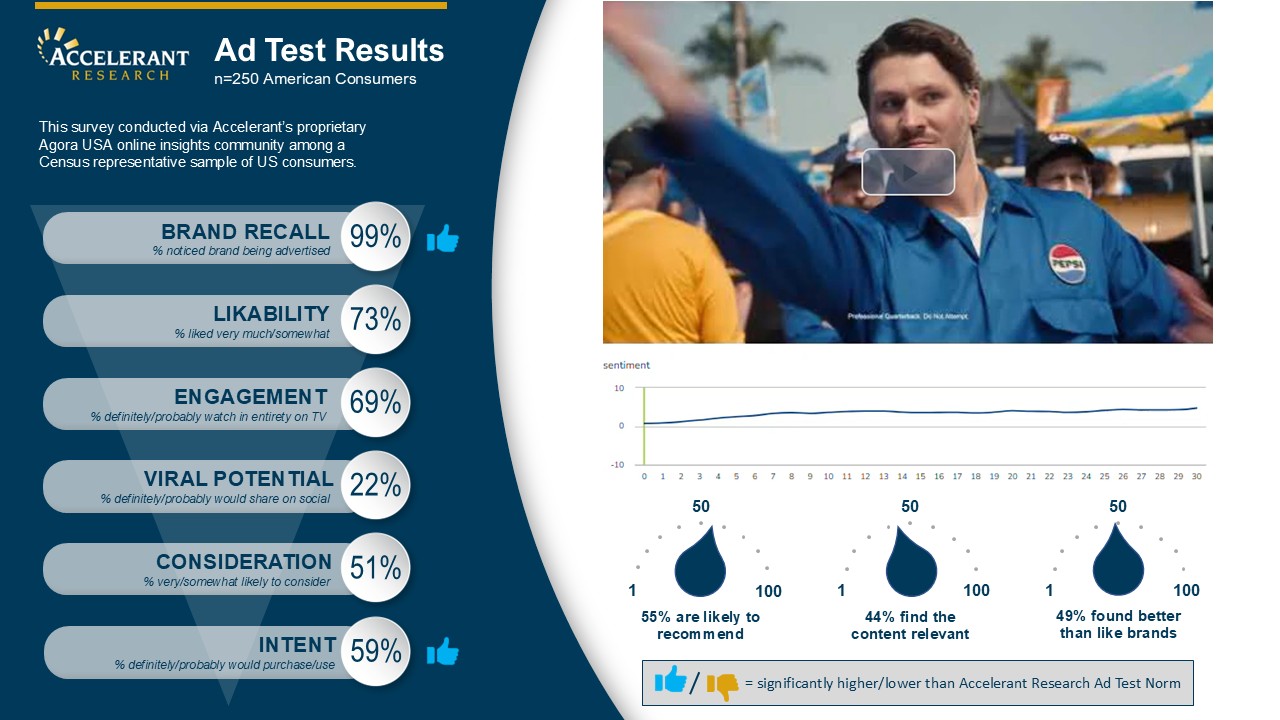When an agency is hired to develop an ad campaign, the first objective they must achieve is to develop a creative brief that will serve as the foundation for the entire campaign, whether specific ads are executed in video, TV, radio, print, or other. But the question is “on what basis is the creative brief designed?”
Just like many large organizations do before leadership decides to allocate large amounts of budget to, say, designing new products and services, market research is conducted among members of a target population to guide and inform decisions about whether new products are ready for market rollout, or need to be revised, or need to be scrapped. This way, research is used as an insurance policy against large budget expenditures that will not pan out in driving revenue for the organization.
Ad campaigns also are large expenditures. As such, they should be market tested before their communications are made public. Surely, research studies like storyboard copy testing are carried out, but these “test stimuli” are already based on what the ad agency has delivered as a creative brief. Unless the brief is also market tested, the agency, and its client will begin to develop and monitor executions that may well be based on incorrect messaging strategies, thus rendering any executions sub-optimal.
Accelerant Research has designed a quantitative study that directly informs the development of a creative brief by integrating “tried and true” survey construction and multivariate analytic techniques as follows:
Informed Ballot and Multiple Regression
This technique is borrowed from political opinion polling surveys where the first question is “if the elections were held today, for whom would you vote?” Following this question is a set of intervening questions based on key political issues about which the candidate may be pro or con, e.g., “If you knew that Candidate X was tough on crime, would that make you more or less likely to vote for him/her?” Finally, the first question about for whom the respondent would vote is asked again. With these data in hand, important measurements may be performed.
First, a pre-post assessment may be made on comparing the % likelihood of voting for Candidate X. This analysis will show whether the array of intervening survey questions can effectively create more positive consideration toward the candidate, overall. Second, the intervening questions can be used as independent variables in a multiple regression analysis, with pre-post change in consideration as the dependent variable. By examining the relative beta weights of each intervening question, those with the strongest association with positive change in candidate consideration may be identified and cherry-picked to serve as the foundation for the candidates’ foundational political campaign.
Adapting Consideration Driver Research to a Creative Brief for Advertising
Applying the above outlined techniques to inform advertising campaigns is relatively simple and straightforward. Taking the “who will you vote for” question, it is modified to be something like “how likely are you to consider Brand X when you want to purchase Product/Service Y?” This single question, in this form, will serve as the pre- and post- measures of the amount of change in positive consideration. Regarding the intervening survey items, these are made up of a set of functional and emotional attributes about the brand and its products or services under study. Again, multiple regression analysis can be performed to isolate which functional and which emotional attributes drive the most positive change in consideration. Additionally, regression can also reveal the optimal mix of specific emotional and functional attributes that should be used to inform the foundational creative brief and associated ad campaign, i.e., what to say in an ad.
The figure below shows a standard visualization of a Consideration Driver study, based on mock data:

Consideration Driver research is uniquely designed to inform creative briefs. Organizations and advertising agencies both can embrace this methodology to ensure that brand messaging will have the benefit of being tested to inform the overarching strategies that become the foundation of subsequent ad executions. Feel free to contact Accelerant Research (info@accelerantresearch.com) for a more in-depth discussion of the ins and outs of this sort of work.







.png)



